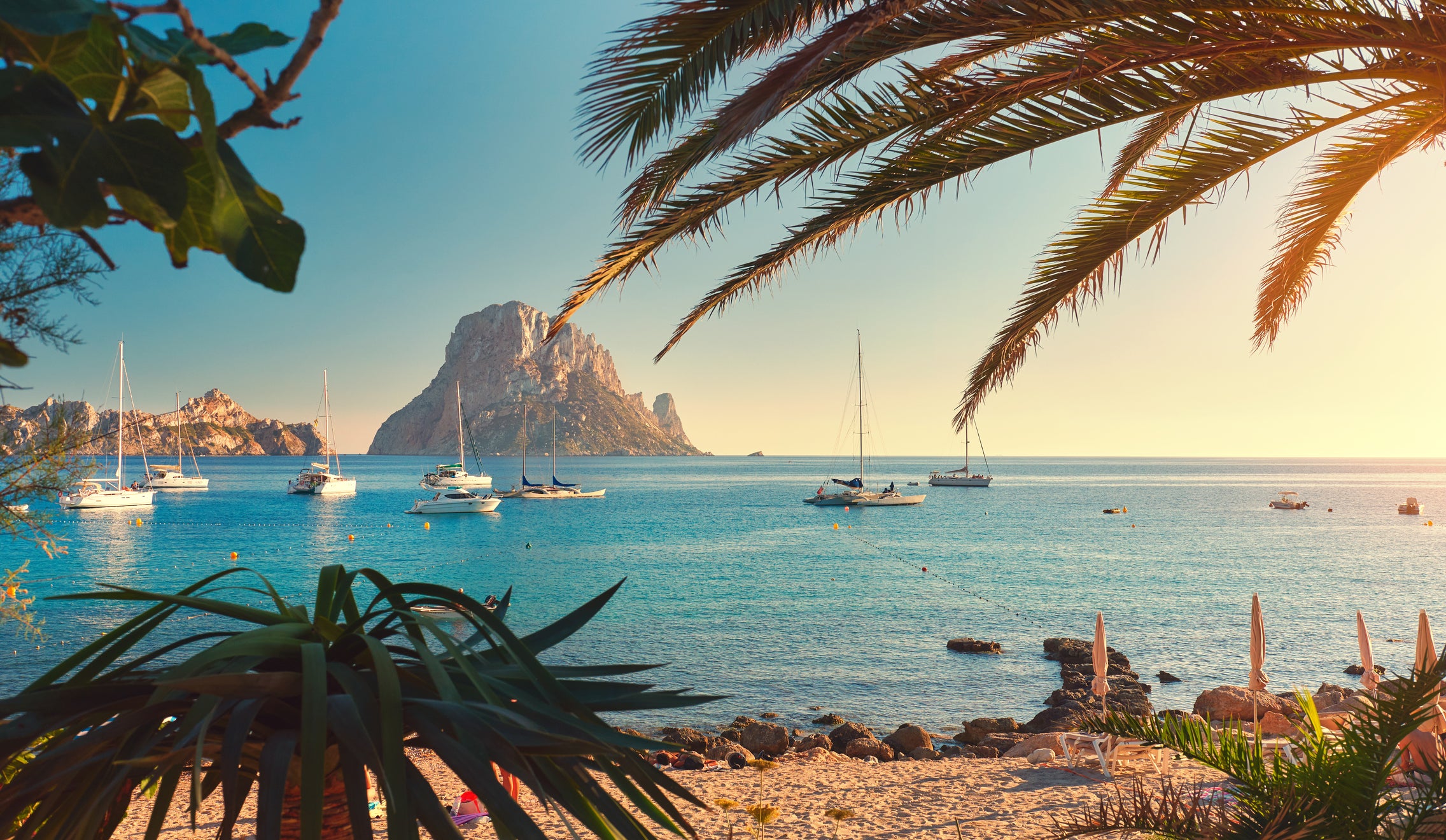No plans to put all of Europe on the red list, health secretary says
The ‘red list’ of 35 countries includes the UAE, South Africa and most of South America

Your support helps us to tell the story
From reproductive rights to climate change to Big Tech, The Independent is on the ground when the story is developing. Whether it's investigating the financials of Elon Musk's pro-Trump PAC or producing our latest documentary, 'The A Word', which shines a light on the American women fighting for reproductive rights, we know how important it is to parse out the facts from the messaging.
At such a critical moment in US history, we need reporters on the ground. Your donation allows us to keep sending journalists to speak to both sides of the story.
The Independent is trusted by Americans across the entire political spectrum. And unlike many other quality news outlets, we choose not to lock Americans out of our reporting and analysis with paywalls. We believe quality journalism should be available to everyone, paid for by those who can afford it.
Your support makes all the difference.There are no plans to put all of Europe on the “red list”, the health secretary has said.
Matt Hancock confirmed that despite a third wave of coronavirus infections in popular holiday destinations such as France and Italy, travel wouldn’t be banned to the continent.
Yesterday, health minister Lord Bethell suggested that the UK could put all of Europe on the “red list” of 35 high-risk countries, which currently includes the United Arab Emirates, South Africa and most of South America.
No countries in Europe are currently on the “red list” after Portugal was removed.
There have been concerns that France could be the next country to be added, as the country goes back into a strict four-week lockdown following a surge in infections.
Travel from a “red list” country triggers hotel quarantine at a cost of £1,750 per person.
Read more:
In response to the idea that the whole of Europe could be annexed to the red list, Mr Hancock told LBC this morning : “We don’t have any plans to do that.
“We do have this red list and the amber list, and at the moment that is working well, so we don’t have plans to do that.”
Ministers and epidemiologists are increasingly warning against booking trips – while the travel industry insists that people should be allowed to visit low-risk locations.
A solution could be to refine the “traffic light” system to indicate relative risk and the extent of travel restrictions.
In practice, Ireland is the only country in the “green” category – with no restrictions on arrivals to the UK from the republic. At the other extreme is the “red” group, which is the government’s gradually mutating list of countries from which “variants of concern” are feared.
The rest of the world, in theory, fits into the “amber” category. Portugal and Mauritius were most recently removed from the “red” category.
Travel both domestically and internationally is currently banned. The Global Travel Taskforce is due to report on 12 April as to whether summer holidays might be possible.
Join our commenting forum
Join thought-provoking conversations, follow other Independent readers and see their replies
Comments